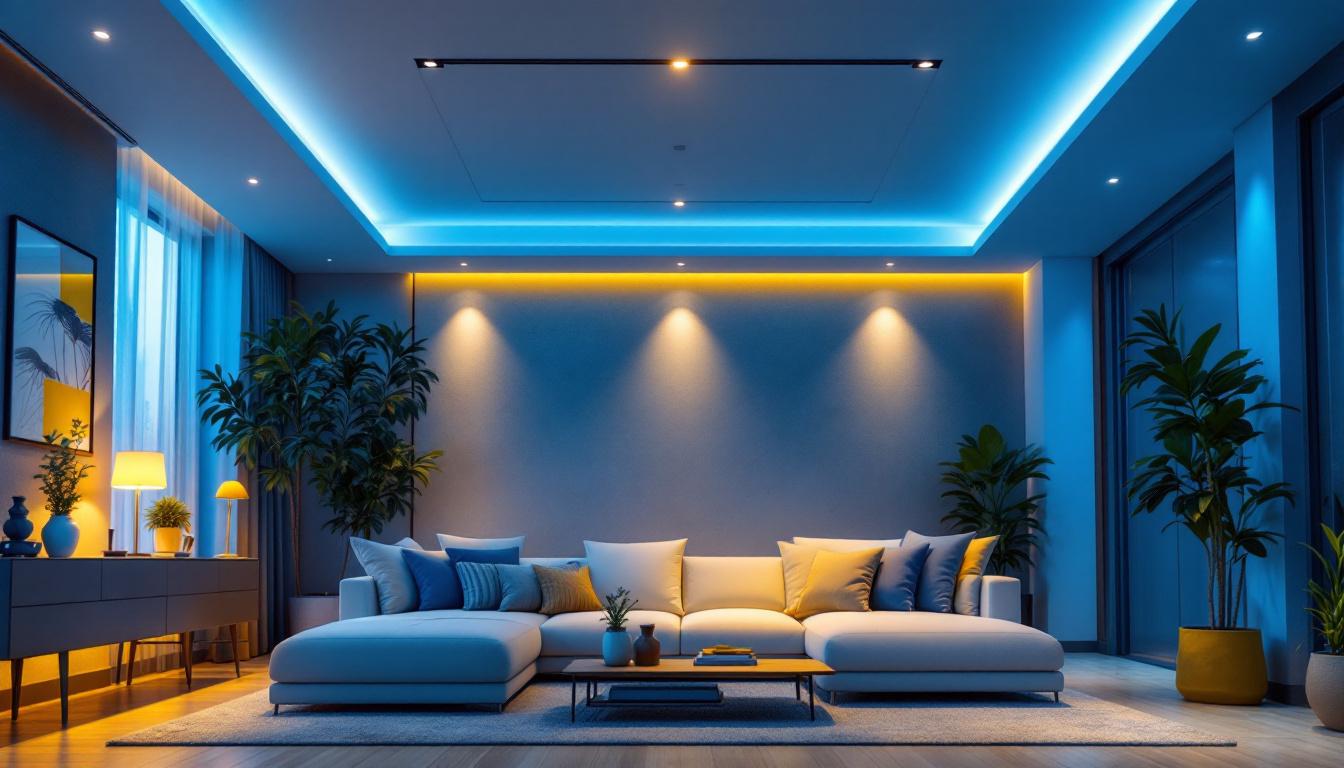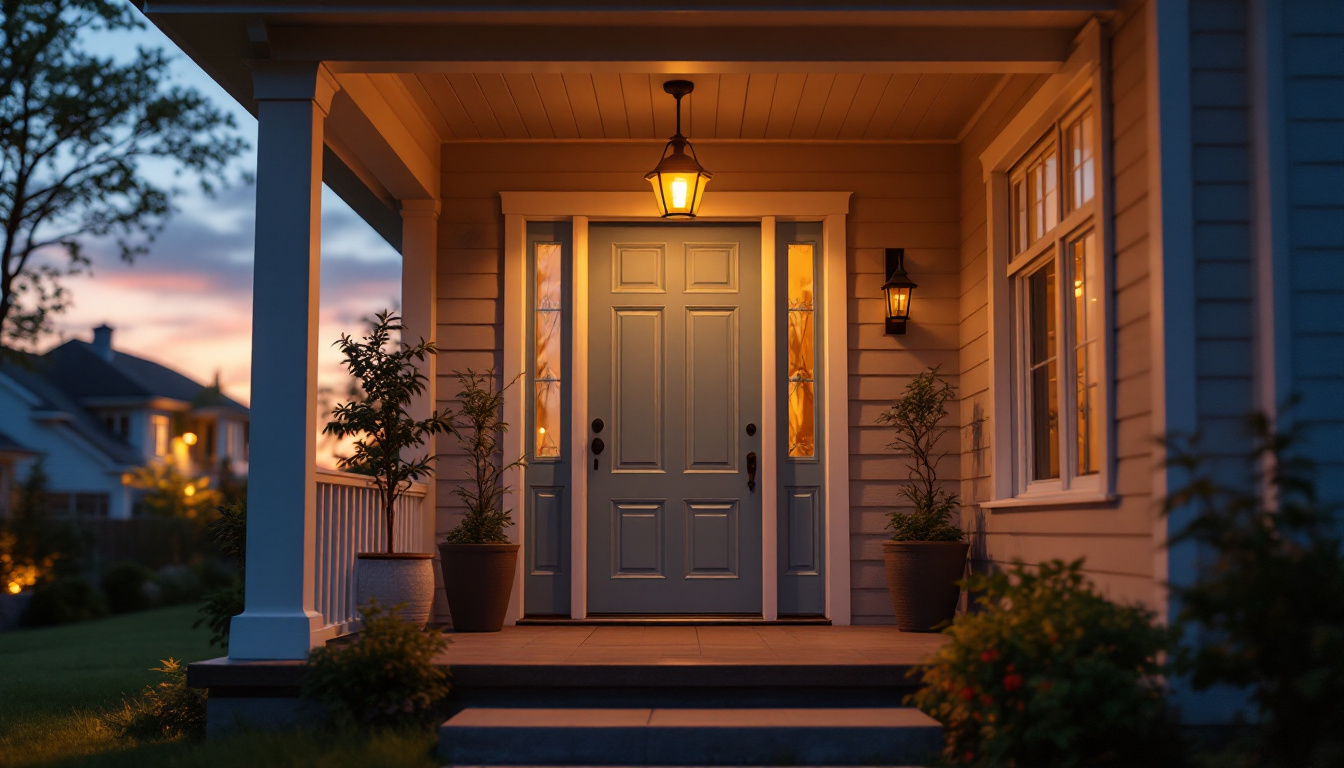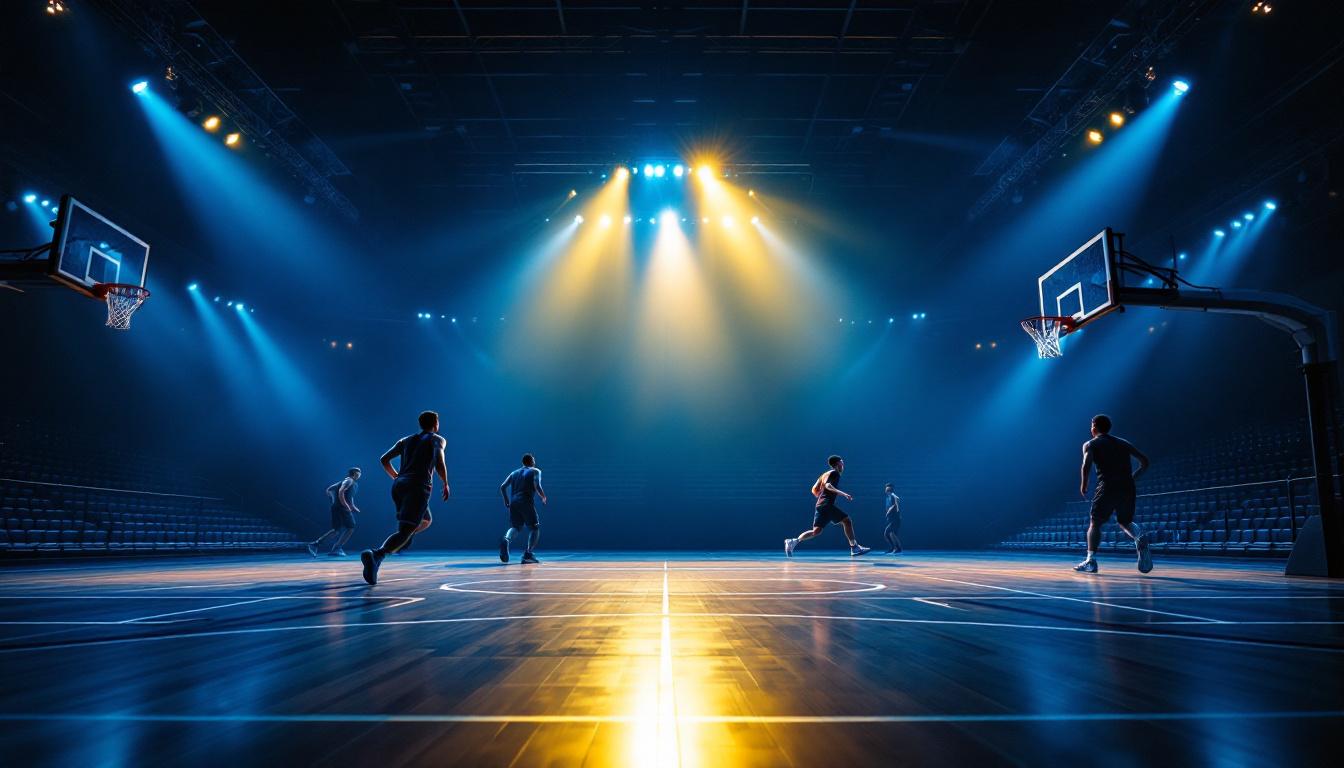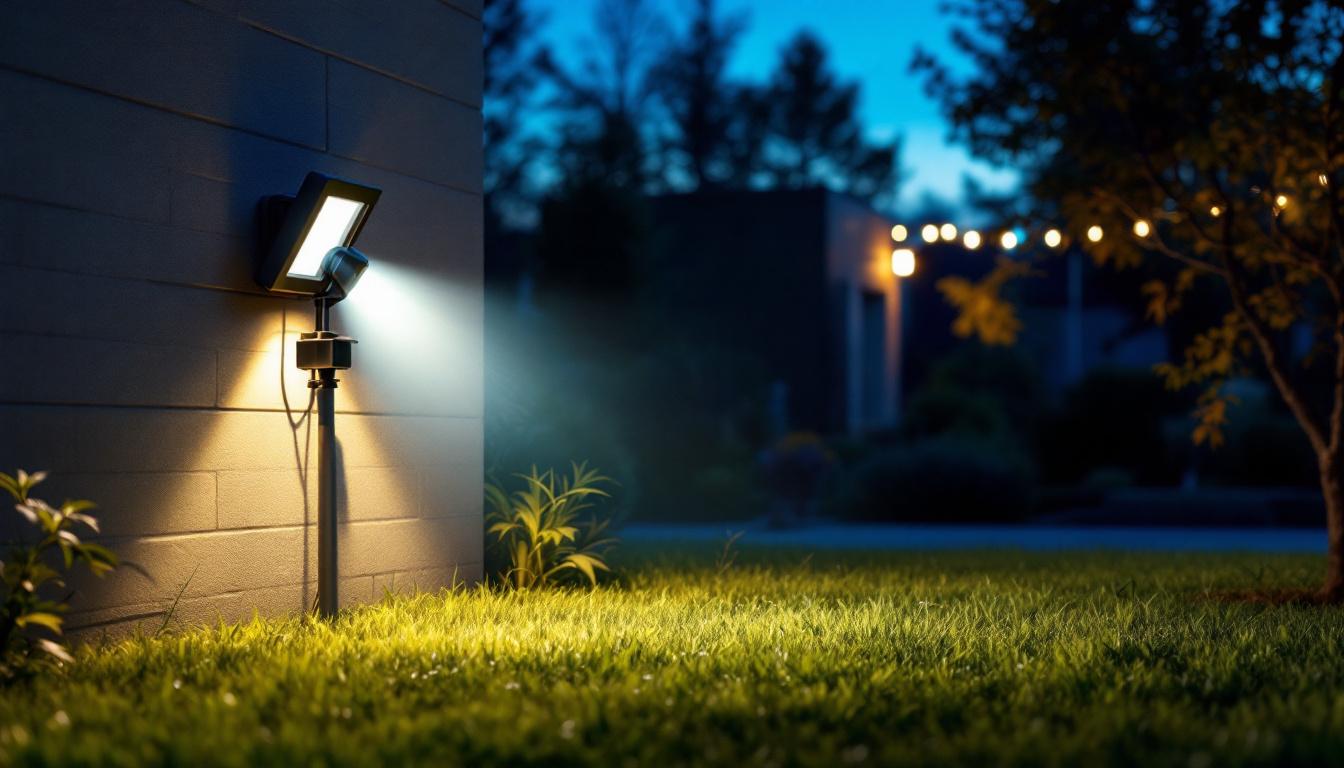
Low profile recessed can lights, often referred to as slim or shallow recessed lights, have gained popularity in both residential and commercial applications. Their design allows for installation in tight spaces where traditional can lights may not fit. This feature makes them an excellent choice for modern architecture, where ceiling heights can be limited or where aesthetic preferences lean towards minimalism.
These fixtures are designed to provide effective illumination while maintaining a discreet appearance. They are particularly useful in areas like hallways, kitchens, and bathrooms, where space is at a premium. However, despite their advantages, there are several considerations that contractors must keep in mind to avoid costly mistakes during installation. For instance, proper placement is crucial to avoid shadows and ensure even lighting distribution, which can greatly enhance the functionality and comfort of a space.
One of the primary benefits of low profile recessed can lights is their versatility. They can be used in various settings, from residential homes to commercial spaces. Their low height allows for installation in ceilings with limited clearance, making them ideal for renovations where existing structures may pose challenges. Furthermore, their sleek design complements a variety of interior styles, from contemporary to traditional, allowing homeowners and designers to seamlessly integrate them into their overall aesthetic.
Additionally, these fixtures often come with energy-efficient LED options, which can significantly reduce energy consumption and lower utility bills. The longevity of LED lights also means less frequent replacements, which is a crucial factor for contractors looking to provide value to their clients. Beyond energy savings, many LED models offer adjustable color temperatures, enabling users to customize the ambiance of a room, whether they prefer a warm, inviting glow or a cooler, more energizing light.
Low profile recessed can lights are suitable for a variety of applications. In residential settings, they can be installed in kitchens to provide task lighting over countertops or in living rooms for ambient lighting. In commercial spaces, they are often used in offices and retail environments to create a clean, modern look while ensuring sufficient illumination. The ability to install these fixtures in a grid pattern allows for creative lighting designs that can enhance the overall atmosphere of a space.
Moreover, these fixtures can be used for accent lighting, highlighting artwork or architectural features, which adds an element of sophistication to any space. Understanding the various applications can help contractors recommend the best solutions to their clients, enhancing overall satisfaction. Additionally, low profile recessed lights can be strategically placed in outdoor settings, such as patios or walkways, to provide safety and security while maintaining an elegant appearance. This versatility makes them a valuable addition to any lighting plan, ensuring that both aesthetic and functional needs are met effectively.
Before diving into an installation project, there are several key considerations that contractors should evaluate. These factors can make a significant difference in the success of the project and the satisfaction of the client.
One of the most critical factors in choosing low profile recessed can lights is the ceiling height. While these fixtures are designed for low clearance areas, it is essential to measure the available space accurately. Insufficient clearance can lead to improper installation, which may affect the fixture’s performance and longevity.
Additionally, understanding the layout of the ceiling and any obstructions, such as ductwork or plumbing, is vital. Planning the installation around these elements can prevent costly adjustments later in the project.
Electrical requirements are another crucial aspect to consider. Low profile recessed lights may have different voltage and wattage specifications compared to traditional fixtures. Ensuring that the existing electrical system can support the new lights is essential to avoid potential hazards or performance issues.
Contractors should also consider the type of dimmer switches that will be used with the fixtures. Not all LED lights are compatible with standard dimmers, which can lead to flickering or reduced lifespan if not addressed. Choosing the right components from the start can save time and money in the long run.
Even experienced contractors can make mistakes during the installation of low profile recessed can lights. Recognizing these common pitfalls can help ensure a smoother project and better outcomes.
One of the most frequent mistakes is improper placement of the fixtures. It is essential to plan the layout carefully, taking into account the size of the room and the intended use of the space. For example, in a kitchen, task lighting should be focused on work areas, while ambient lighting should be spread evenly throughout the room.
Using a lighting design software or consulting with a lighting designer can help visualize the placement and ensure that the lighting meets the client’s needs. This proactive approach can prevent the need for costly rework after installation.
Low profile recessed can lights may generate heat, especially when using higher wattage bulbs. Failing to account for heat dissipation can lead to overheating, which may damage the fixture or pose a fire hazard. It is crucial to follow the manufacturer’s recommendations regarding spacing and insulation to ensure safe operation.
Contractors should also consider using fixtures with built-in heat management features, which can help mitigate this issue. Ensuring proper ventilation in the installation area can further enhance safety and performance.
With a plethora of options available on the market, selecting the right low profile recessed can lights can be daunting. However, making informed choices can lead to successful installations and satisfied clients.
While it may be tempting to choose the cheapest options available, investing in quality fixtures can pay off in the long run. Higher-quality products often come with better warranties, improved performance, and enhanced energy efficiency. This can lead to fewer callbacks and repairs, ultimately saving time and money.
Additionally, reputable manufacturers typically provide detailed installation instructions and support, which can be invaluable during the installation process. Contractors should prioritize quality and reliability over initial cost when selecting products for their projects.
As sustainability becomes increasingly important in construction and renovation projects, energy-efficient lighting solutions are more desirable than ever. Low profile recessed can lights are available in various energy-efficient options, including LED technology, which offers significant savings on energy bills and a reduced environmental impact.
Contractors should educate their clients on the benefits of energy-efficient lighting, including potential rebates or incentives available through local utility companies. This knowledge can help clients make informed decisions that align with their values and budget.
Proper installation is crucial to the performance and longevity of low profile recessed can lights. Following best practices can ensure a successful project and enhance customer satisfaction.
Before beginning the installation process, it is essential to conduct a thorough pre-installation checklist. This should include verifying the electrical supply, confirming the correct fixtures are on-site, and ensuring all necessary tools and materials are available.
Additionally, reviewing the installation instructions provided by the manufacturer can help identify any specific requirements or recommendations that need to be followed. This preparation can streamline the installation process and reduce the likelihood of errors.
When wiring low profile recessed can lights, it is essential to follow proper techniques to ensure safety and functionality. This includes using the appropriate gauge wire, securing connections with wire nuts, and ensuring that all connections are properly insulated.
Contractors should also adhere to local electrical codes and regulations, which may dictate specific wiring practices. Taking the time to wire correctly can prevent future issues and ensure the safety of the installation.
Once the installation is complete, there are several post-installation considerations to keep in mind. These steps can help ensure that the project meets the client’s expectations and operates efficiently.
After installation, it is crucial to test the fixtures to ensure they are functioning correctly. This includes checking for proper illumination levels, verifying that dimmers operate smoothly, and ensuring that there are no flickering or buzzing issues.
Making any necessary adjustments at this stage can prevent callbacks and enhance client satisfaction. If issues are identified, addressing them promptly can demonstrate professionalism and commitment to quality.
Once the installation is complete and functioning correctly, it is important to educate the client on the operation and maintenance of their new lighting system. Providing information on bulb replacement, dimmer settings, and energy-saving tips can empower clients to make the most of their new fixtures.
Additionally, offering guidance on how to care for the fixtures can enhance their longevity and performance. This step can also foster a positive relationship with the client, leading to potential referrals and repeat business.
Low profile recessed can lights offer a stylish and efficient lighting solution for various applications. However, avoiding costly mistakes during installation requires careful planning, attention to detail, and a commitment to quality. By understanding the unique characteristics of these fixtures, considering key factors before installation, and adhering to best practices, contractors can successfully navigate lighting projects and deliver exceptional results.
Investing time in education and preparation can lead to satisfied clients and a solid reputation in the industry. As the demand for innovative lighting solutions continues to grow, contractors who prioritize quality and professionalism will stand out in a competitive market.
Ready to elevate your lighting projects with the sleek appeal of low profile recessed can lights? Look no further than LumenWholesale for all your lighting needs. Our extensive selection of spec-grade lighting products is designed to meet the highest industry standards, ensuring you deliver exceptional results every time. With unbeatable wholesale prices and the convenience of free shipping on bulk orders, you can trust us to provide the quality, affordability, and hassle-free experience you deserve. Don’t let inflated markups dim your project’s potential. Choose LumenWholesale and experience Wholesale Lighting at the Best Value today.

Discover expert insights and top resources from lighting contractors to master the art of front porch illumination.

Discover how innovative basketball lighting solutions can illuminate your path to securing more contracts.

Discover the top motion sensor flood lights that will revolutionize your outdoor lighting projects.

Discover the top challenges lighting contractors face in the industry and how a Rejuvenation Lighting promo code can offer solutions.